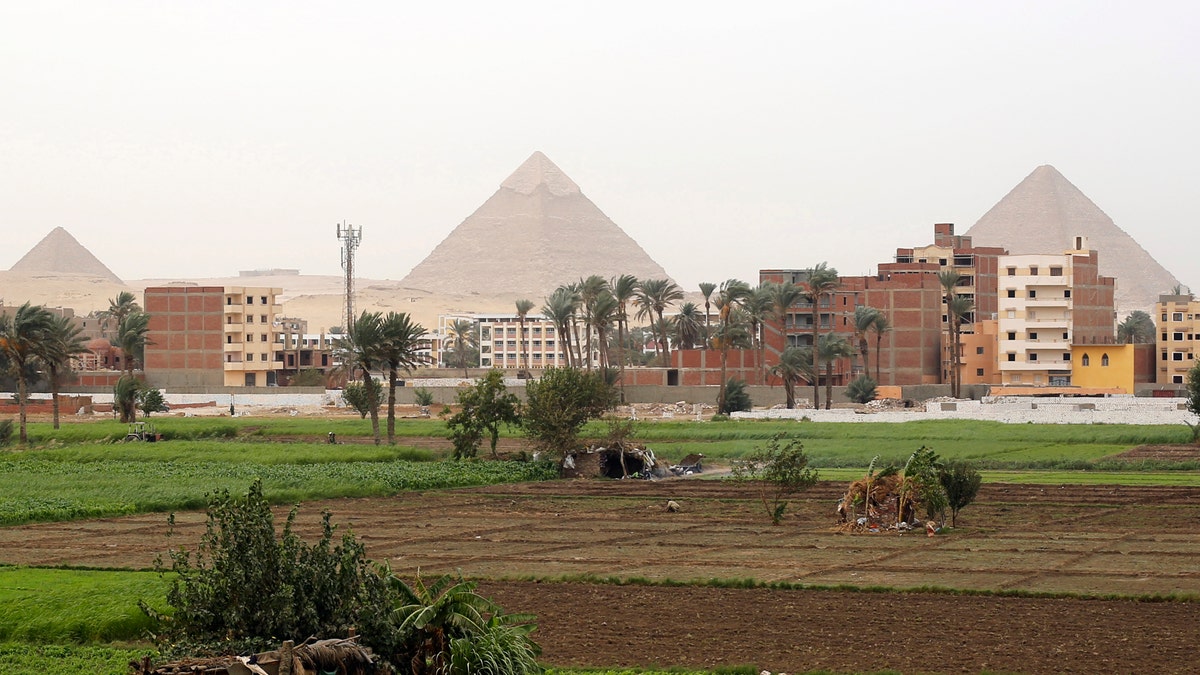Ancient Egyptian pyramid mystery solved?
A newly-discovered piece of papyrus explains how ancient Egyptians moved 2.5 ton stones hundreds of miles to build the Great Pyramid of Giza
New evidence proves that the ancient Egyptians constructed the Great Pyramid at Giza by transporting 170,000 tons of limestone in boats.
It has long been known that the rock was extracted eight miles away in Tura and that granite used in the monumental structure was quarried 533 miles away in Aswan.
However, archaeologists have disagreed over how the material was transported to Giza, now part of modern-day Cairo, for construction of Pharaoh Khufu’s tomb in 2600 BC.

Farmers work at a rice field near the Great Giza pyramids on the outskirts of Cairo Nov. 2, 2014. (REUTERS)
Now that mystery could be a step further to being solved after the discovery of an ancient scroll of papyrus, a ceremonial boat and a network of waterways, reported the Mail on Sunday.
The new evidence shows that thousands of laborers transported 170,000 tons of limestone along the River Nile in wooden boats built with planks and rope.
2,000-YEAR-OLD TOMBS FROM ROMAN PERIOD FOUND IN EGYPT
The 2.5-ton blocks were ferried through a system of specially designed canals before arriving at an inland port built just yards away from the base of the Great Pyramid.
The papyrus scroll is the only firsthand record of how the pyramid was built, and was written by an overseer named Merer.




















